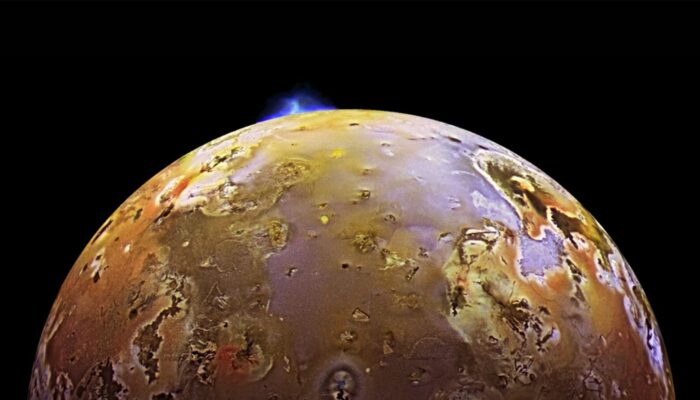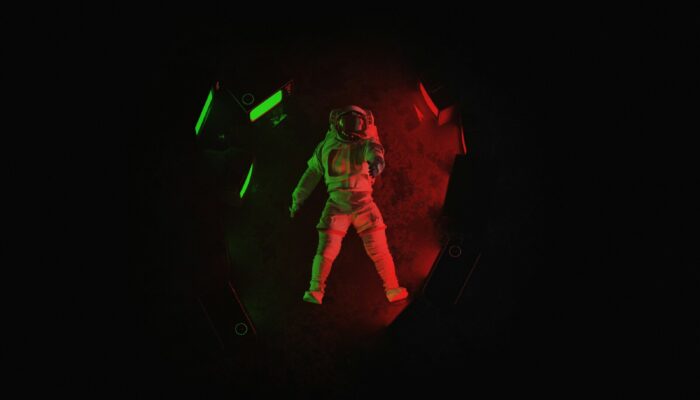Jupiter’s moon Io is the most volcanically active world in our solar system, with hundreds of volcanoes that constantly erupt on its ever renewing surface. Although Io always points the same side toward Jupiter in its orbit around the gas giant, two other Galilean moons, Europa and Ganymede, pull Io’s orbit into an irregularly elliptical one. Thus, in its widely varying distances from ...[Read More]
Space debris: Borrowing the planet from our children- Why we need to mitigate space desecration
On December 11, 2024, while taking part in AGU’s 2024 Annual Meeting, I attended a press conference hosted by experts from the University of Colorado Boulder and the University of Michigan that focuses on the serious risks posed by space debris in Low Earth Orbit (LEO). As we are heading towards an increasingly crowded space environment, the question on everyone’s mind is: What can we do to ...[Read More]
Winners announced: Here are the best EGU Blog Posts of 2022!
As future-focused as we like to be at EGU, we sometimes pause to look back at the year gone by – just a brief glimpse to appreciate all the good work of 2022! As always, we had so many inspiring and thought-provoking blog posts published this year across the EGU’s official blog GeoLog and division blogs. Thank you to each of you for your writing contribution! To continue our annual appreciation fo ...[Read More]
GeoTalk: meet Martin Archer, Space Physicist and Outreach expert!
Hi Martin. Thank you for joining me for this interview! To start, could you please tell our readers a bit about yourself and your research interests? I’m a space plasma physicist at Imperial College London, studying how the interaction between the solar wind and our magnetosphere leads to a huge amount of dynamics and waves that play a role in space weather. I’m also the Chair of EGU’s Outreach Co ...[Read More]




